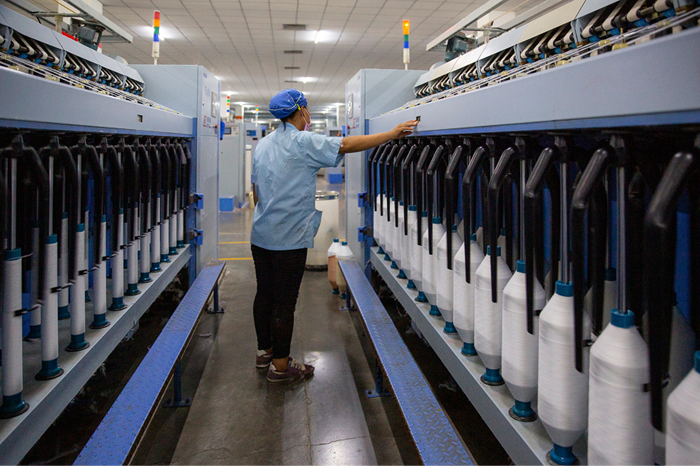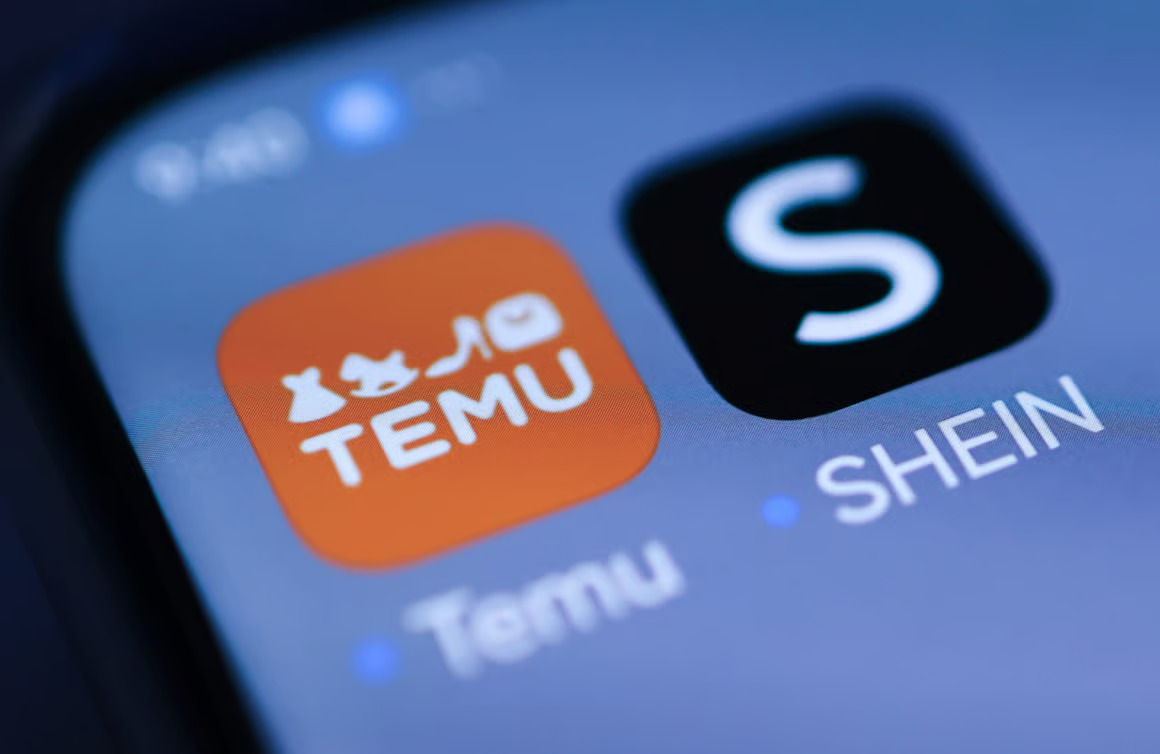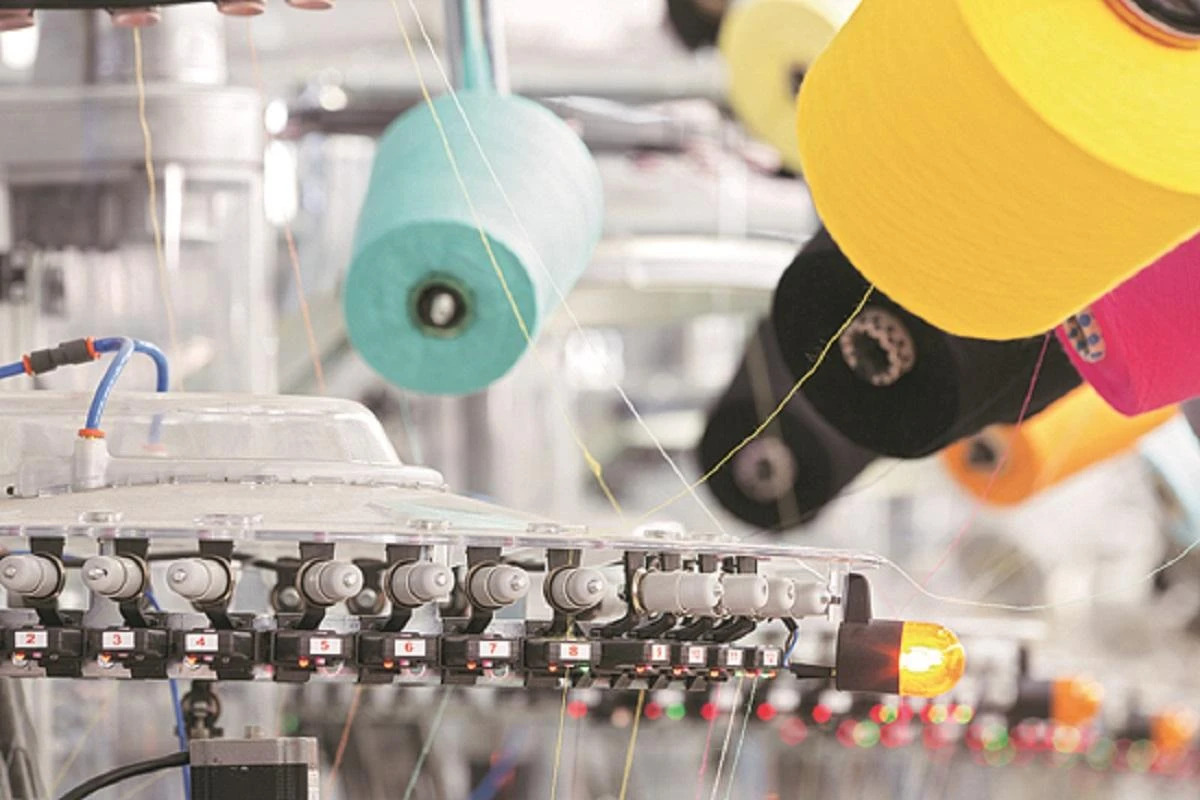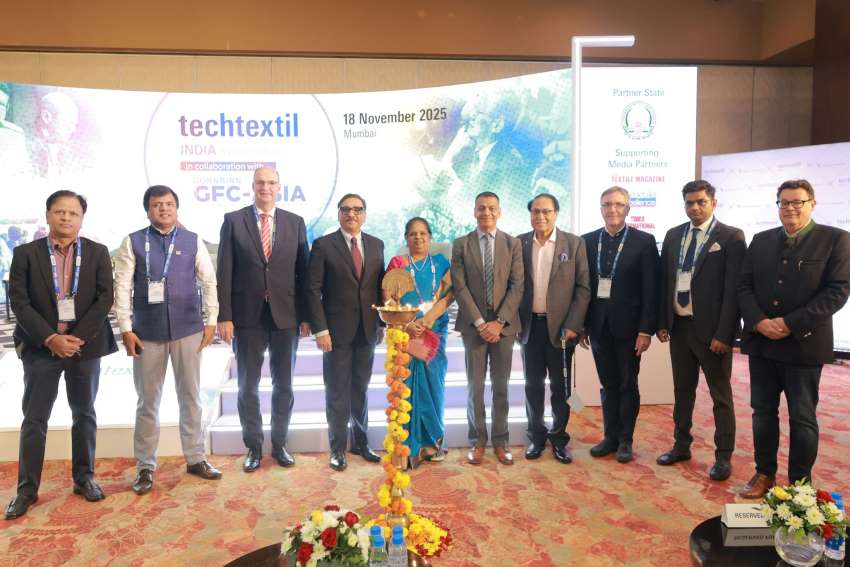"In a major shock for the textile industry, Welspun India, a textile major witnessed a major slump on Dalal Street. The slump was inevitable as Welspun’s US-based client, Target Corporation, announced termination of business with India’s largest home textile exporter, as the later was accused of using another variety of cotton instead of Egyptian cotton in the production of sheets. Target sells luxury bath and bedding products under the Fieldcrest brand in the US."
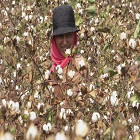
In a major shock for the textile industry, Welspun India, a textile major witnessed a major slump on Dalal Street. The slump was inevitable as Welspun’s US-based client, Target Corporation, announced termination of business with India’s largest home textile exporter, as the later was accused of using another variety of cotton instead of Egyptian cotton in the production of sheets. Target sells luxury bath and bedding products under the Fieldcrest brand in the US.
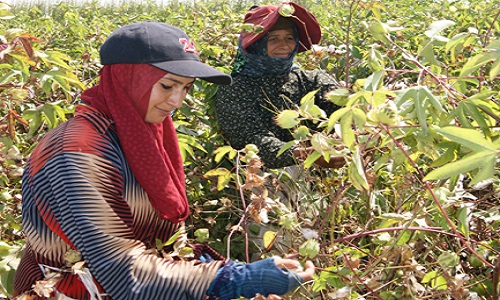
Consequently Welspun India’ shares tanked reducing its market capitalisation by more than Rs 5,000 crores that week. To cope with the crisis in its sourcing from vendor Welspun has now appointed Ernst & Young to audit its supply systems and processes. However, this incident has prompted other US-based retailers, such as Walmart and Bed Bath & Beyond, to investigate cotton products sourced from the company.
This incident however is not an odd one as there have been several such reports which hint at random mislabeling and counterfeiting in the industry. Recently, Cotton Egypt Association, the world’s only trademark and licensing authority for the commodity has found around 90 per cent of the products claiming to use Egyptian cotton did not contain the premium cotton variety at all.
Varied testing boosts counterfeiting
Experts believe rampant counterfeiting results from the lack of tools to verify the authenticity of Egyptian cotton. Cotton Incorporated, a US-based industry-funded body, says there is no physical test to determine the authenticity of cotton products once the fibre is converted into yarn. But agencies like the Cotton Egypt Association have turned to DNA testing of cotton products. The recently practiced the CTAB (cetyl trimethylammonium bromide) method requires DNA extraction from Egyptian cotton fibres throughout the supply chain, from farming till the finished product. The isolated DNA is then used to identify varieties of cotton, thus establishing the authenticity of the product. US-based company Applied DNA Sciences introduced a DNA authentication technology which can identify premium extra-long staple kinds of cotton that have been “blended” with shorter staple cotton. However it is still in its early stage of testing.
In fact, Egyptian cotton (Gossypium barbadense), a product of the country’s moderate climate and fertile soils of the Nile basin, is considered the finest variety of cotton in the world. Fabrics made from this extra-long staple (ELS) fibre are softer, more durable and fetch the highest prices. However, with increased global pressure on low cost production, much of ELS cotton manufacturing and final assembly has migrated to other countries, mainly China, India, Portugal, and Pakistan. Now the incentive to substitute lesser quality Upland cotton in place of the premium ELS cotton is high. It is encouraging mislabeling and counterfeiting. Also the declining supply of Egyptian Cotton has given way to labeling other less standard cotton as Egyptian Cotton. Currently, only 55,000 ha of land is under Egyptian cotton cultivation.
The production of Egyptian cotton has reduced from 345,000 tonnes in 1996 to an estimated 45,000 tonnes in 2016. In Egypt farmers now prefer to grow other summer crops. Egyptian cotton is a long duration crop compared to other varieties. Since it is susceptible to pests and depends on specific sowing, growth, and irrigation conditions which are not available everywhere, yield is almost half as that of other varieties. Though Egyptian cotton commands a higher price, the premium is not sufficient to make up for the lower yield. Not only in Egypt ,the slump in Egyptian cotton production has occurred in other countries, including India, China, Pakistan, and Brazil. Global production has decreased by 18 percent to 21.3 million tonnes in 2015-16.
USDA reveals the drop in production is primarily caused by changing customer preferences and availability of new technologies. Over time, consumer preference has shifted towards garments which require short- or medium-staple cotton such as denim and T-shirts and demand has overtaken that of clothing and bed sheets made of extra-long and long-staple cotton varieties. Overall, the scenario makes strong demand for ease of testing and stricter quality standard protocol.



